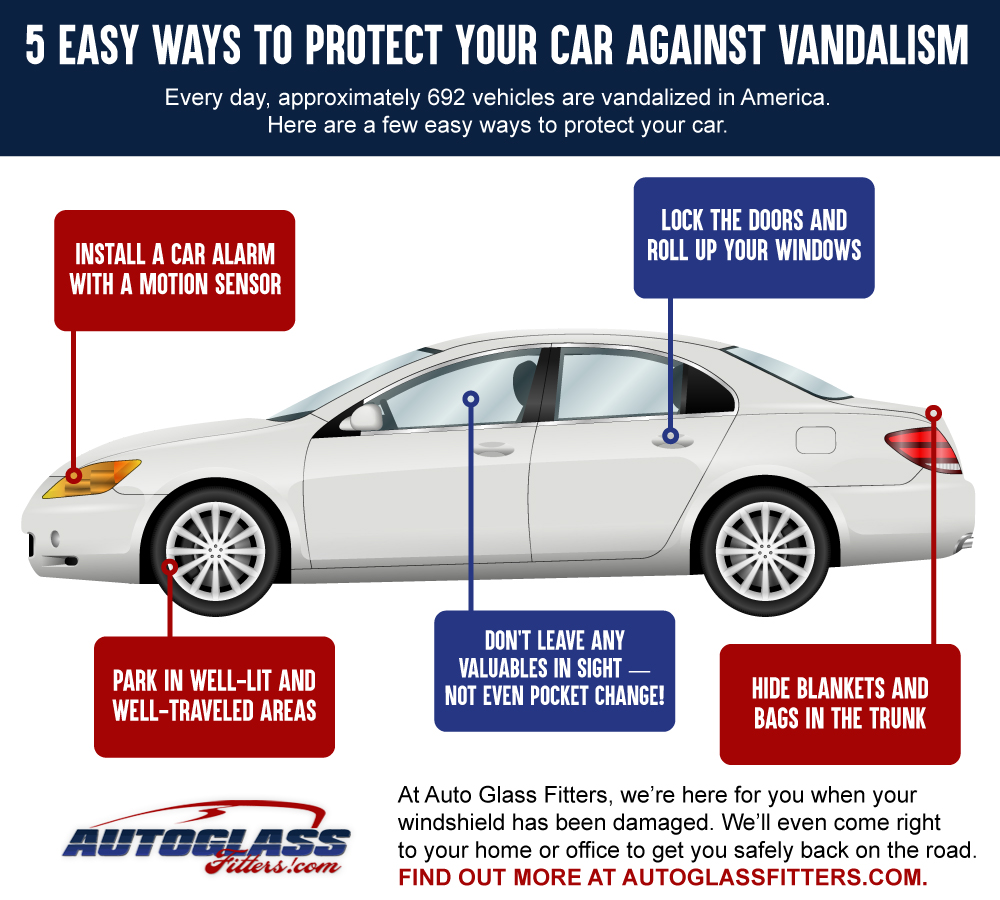When it comes to push washing, the method you choose can make all the distinction in accomplishing a clean, streak-free finish. You might find that difficult surfaces, like concrete, require a different method than softer materials, such as wood or plastic. look at more info to adjust your techniques to the surface type to prevent damages while maximizing cleaning effectiveness. So, what are the most effective strategies for each and every surface, and exactly how can you ensure you're using the ideal setups and devices for the work? Let's explore what you need to recognize to obtain the best results.
Hard Surfaces
When it comes to push cleaning hard surface areas, prep work is vital. Prior to https://restaurant-cleaning-servi53208.myparisblog.com/33077310/a-couple-of-minutes-spent-on-regular-gutter-maintenance-can-prevent-expensive-repair-services-learn-more-about-the-surprise-benefits-that-might-safeguard-your-home think about pulling out the pressure washing machine, put in the time to get rid of the location of any kind of debris, furnishings, or obstacles. You do not want anything getting in your way or possibly destructive your devices.
Next, evaluate the surface for any type of splits or damages; this will certainly assist you determine the right method and stress settings.
When you've prepared the area, it's important to pick the ideal nozzle. For hard surfaces like concrete or brick, a slim nozzle (15 or 25 levels) functions best to supply a concentrated stream of water that can effectively get rid of grime and spots. Always begin at a distance and slowly relocate more detailed to stay clear of any surface area damage.
As you start washing, maintain the wand moving to stop streaks and over-saturation. It's additionally valuable to function from the top down, permitting dust and particles to wash away naturally.
Ultimately, bear in mind to rinse the surface area extensively after cleaning to eliminate any remaining cleaning agent. With these techniques, you'll accomplish a clean and refreshed look on all your tough surfaces.
Soft Surfaces
Pressure washing soft surface areas needs a gentler method to safeguard them from damages. Whether you're cleansing your deck, patio furnishings, or siding, making use of excessive pressure can lead to dents, scrapes, or perhaps irreparable harm.
Start by selecting a low-pressure nozzle, ideally a 25-degree or larger spray pattern, to distribute the water more gently.
Prior to you begin, it's vital to pre-treat any kind of discolorations with an ideal cleansing solution. This action allows the cleaner to permeate the dirt and gunk, making it simpler to wash away without rubbing too hard.
Constantly use the option from all-time low up to prevent spotting.
When you start pressure washing, maintain a range of at least 12 to 18 inches from the surface area. Move your stick in a sweeping movement, keeping it alongside the surface to prevent concentrated stress on one spot.
Rinse the area extensively after cleaning to eliminate any residual cleaner.
Lastly, evaluate https://www.bobvila.com/slideshow/30-lazy-cleaning-tricks-for-a-spotless-home-48684 for any type of missed out on spots and duplicate the process if necessary. By following these actions, you can effectively clean soft surface areas while protecting their honesty and look.
Specialty Surfaces
Cleansing soft surfaces needs care, but specialty surface areas require a lot more focus to detail. When you deal with these surfaces, like delicate timber, stained concrete, or particular kinds of home siding, using the ideal pressure cleaning strategies is critical to prevent damage.
First, analyze the product. For example, treated wood can frequently hold up against modest stress, but softer timbers like cedar may require a lower setting. Always begin with the lowest stress and gradually enhance if necessary.
For tarnished concrete, use a fan spray nozzle and preserve a regular range to avoid etching the surface area.
When handling surfaces like plastic house siding or painted surface areas, a broad spray pattern aids distribute the pressure equally, shielding the surface.
It's additionally smart to use cleaning agents particularly created for specialty surfaces. They can improve cleaning without endangering the material.
Wash thoroughly after washing to remove any kind of deposit, as it can cause staining or deterioration gradually.
Final thought
To conclude, mastering stress cleaning strategies for different surface areas can make all the distinction in your cleaning outcomes. For hard surfaces, adhere to slim nozzles and a top-to-bottom method, while soft surface areas require a gentler touch with bigger nozzles. Don't forget to pre-treat discolorations and wash completely to avoid deposit. By adapting your methods per material, you'll not just attain a cleaner finish but likewise secure the stability of your surface areas. Happy cleansing!
